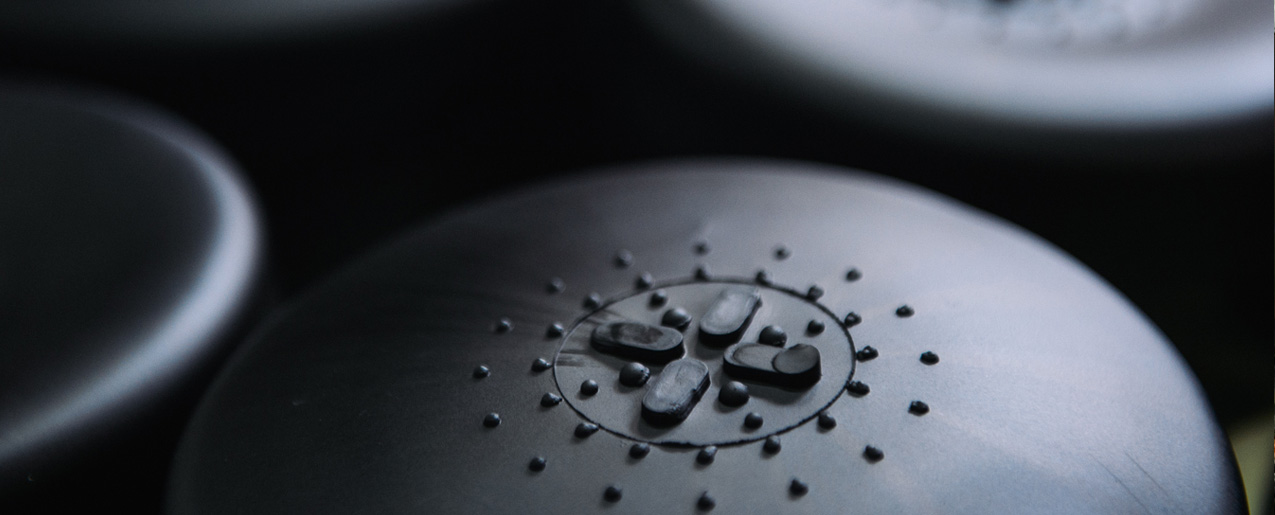Rubber Diaphragm Elongation | Aquasky

Elongation is the percentage increase of the original length of a rubber sample due to tensile force being applied to the sample itself. Elongation is inversely proportional to hardness, tensile strength, and modulus. That is, the greater a material’s hardness, tensile strength, and modulus, the less it will elongate under stress.
It takes more force to stretch a hard material having high tensile strength and high modulus than to stretch a soft material with low tensile strength and low modulus. Ultimate elongation is the elongation at the moment the specimen breaks. Generally, it is noted along with tensile strength and modulus during tensile testing. Some elastomeric materials are much more forgiving in this area than others. Natural rubber can often stretch up to 700% before breaking. Fluorocarbons typically rupture is at about 300%.
The diaphragm is the key component of every pressure tank. Aquasky uses Butyl Rubber as the material to build everything single diaphragm for Aquasky Pressure Tank. Butyl Rubber has the highest air resistance of all types of chemical rubber. Butyl is the inside layer of every tire, and Aquaksy uses Butyl Rubber for the entire diaphragm to ensure that the air pressure is not leaving the tank during the service life.
The elongation of the virgin diaphragm is very important. The hardness of the diaphragm will increase during service life. On the other hand, the elongation will be deceased while the hardness is increased.
The virgin diaphragm needs to have more than 500% elongation to ensure that the elongation is larger than 200% after 6 years of usage. This is the key to the high-quality Aquasky tank.